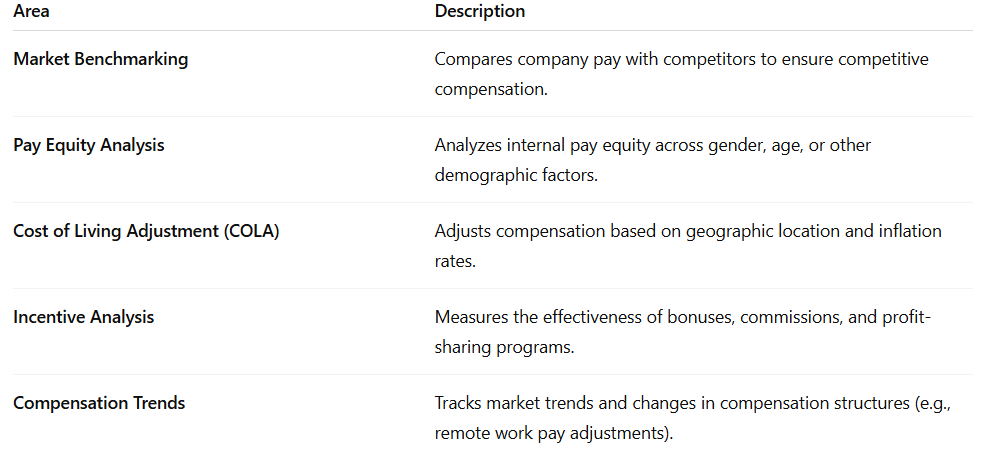Unit 3: Performance Analysis
Performance Analysis
Performance analysis is the process of evaluating an employee’s current performance and predicting future potential to ensure alignment with organizational goals.
1. Predicting Employee Performance
Purpose: To identify high-potential employees, improve productivity, and make informed HR decisions.
Key Methods
2. Identifying Training Requirements
Purpose: To close skill gaps and prepare employees for future roles or responsibilities.
Key Techniques
Performance analysis not only helps in predicting employee success but also in identifying targeted training needs to boost productivity, reduce turnover, and support career development.
Evaluating Training and Development
Purpose: To measure the effectiveness of training programs and ensure they contribute to employee skill improvement and organizational performance.
Key Evaluation Methods
Optimizing Selection and Promotion Decisions
Purpose: To ensure that the most suitable candidates are chosen for jobs and leadership roles, improving employee satisfaction and performance.
Key Strategies
Evaluating training ensures continuous improvement in employee development, while optimizing selection and promotion decisions ensures the right people are placed in the right roles, enhancing overall productivity and morale.
Analyzing and Classifying Training Needs
Methods of Training Needs Analysis (TNA)
Measuring Training Effectiveness
Key Methods
Predicting Training Effectiveness and Performance
Tools and Techniques
Designing a Compensation System
Understanding Compensation Analytics
Key Areas of Compensation Analytics
Tools for Compensation Analytics
- HRIS (Human Resource Information System): Centralized platform for storing and analyzing compensation data.
- Data Visualization Tools: Helps in creating charts and graphs to analyze salary distributions, gender pay gaps, etc.
- Predictive Analytics: Uses historical data to forecast future compensation trends and needs.
Quantifiable Data in Compensation Design
Key Quantifiable Data Points
Designing the Compensation System
Steps Involved
- Job Analysis and Evaluation: Determine the worth of each job within the organization based on responsibilities and qualifications.
- Market Research: Conduct benchmarking studies to understand industry standards and competitive compensation packages.
- Salary Structure Development: Develop salary bands based on job evaluation and market data.
- Performance Linkage: Design performance-based pay structures, including bonuses and incentives.
- Compliance: Ensure that the compensation system adheres to legal standards, including minimum wage laws, benefits regulations, and tax codes.
- Regular Review: Continuously analyze and update compensation structures based on performance and market trends.
Factors Affecting Compensation & Benefits
2. External Factors: External influences also impact how compensation is structured.
Analytics for Compensation Planning
Key Analytics for Compensation Planning:
Competency Scorecard
Purpose
- Aligns employee competencies with organizational goals.
- Ensures fair and transparent compensation based on skills and performance.
- Helps in career development and succession planning.
Key Components of a Competency Scorecard
Benefits of a Competency Scorecard:
- Provides a structured approach to evaluate employees.
- Helps identify skill gaps and training needs.
- Supports a performance-driven compensation system.














